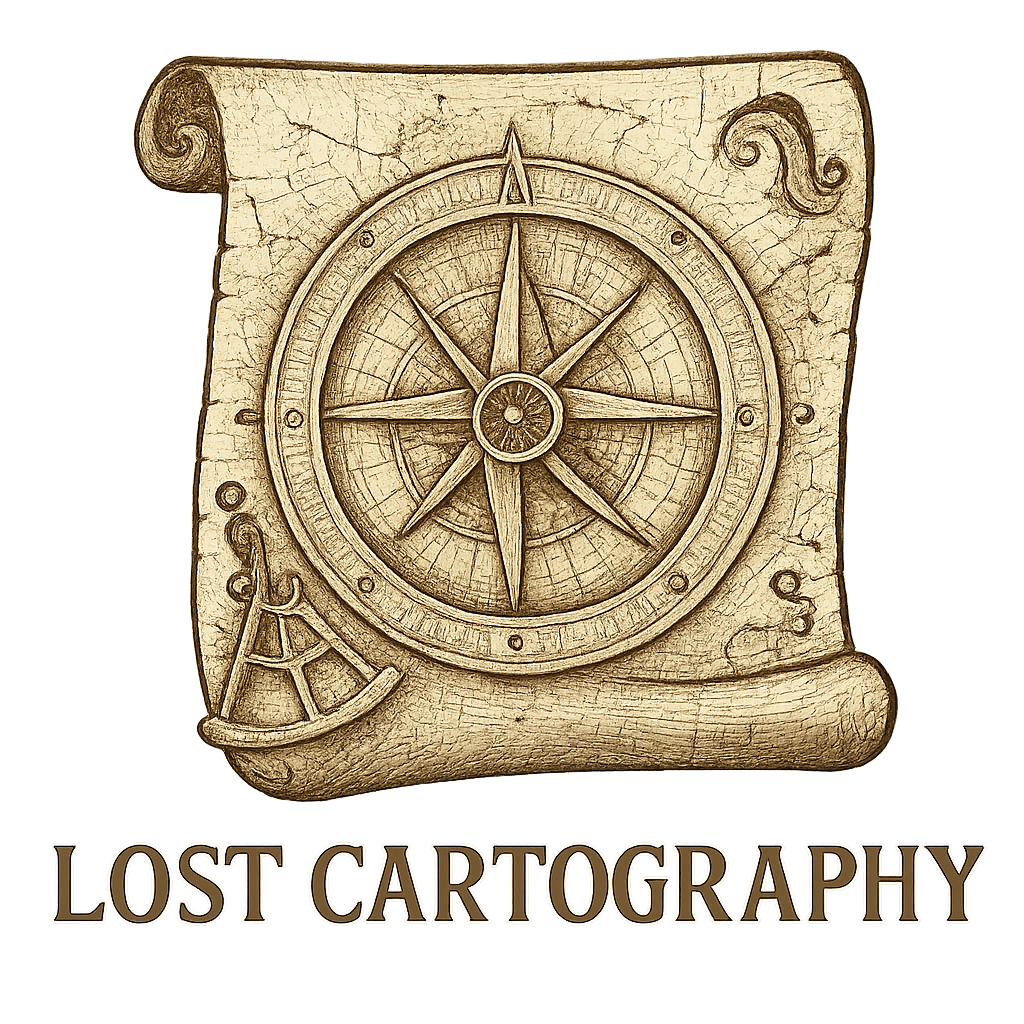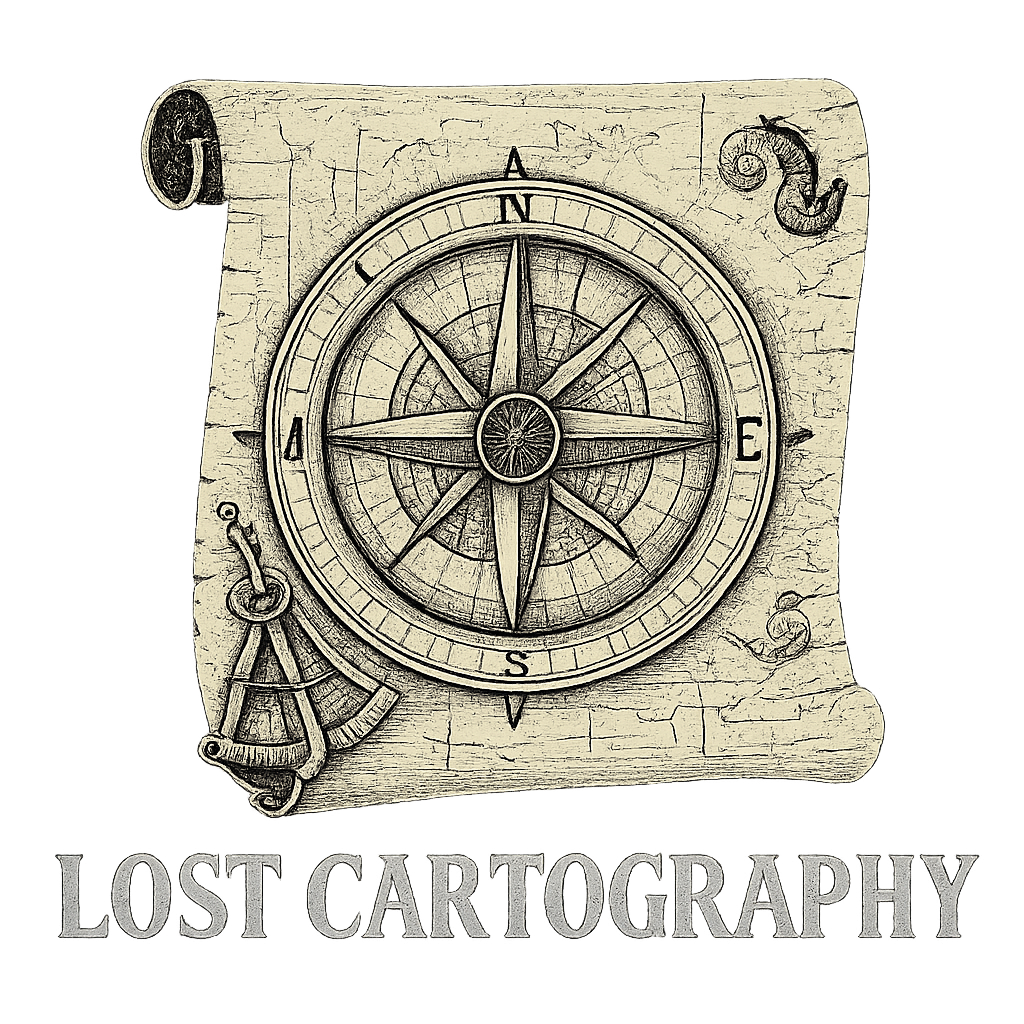Now Reading: Ancient Maps That Changed the World: Navigators, Empires, and Myths
-
01
Ancient Maps That Changed the World: Navigators, Empires, and Myths

Ancient Maps That Changed the World: Navigators, Empires, and Myths
Ancient maps are powerful artifacts that shaped human history. They drove exploration, built empires, and sparked the imagination of countless generations. These remarkable documents did far more than simply chart territories – they revolutionized how civilizations understood their place in the world.
From the mysterious Imago Mundi of ancient Babylon to Ptolemy’s groundbreaking world map, these influential old maps transformed navigation, trade, and cultural exchange. They empowered emperors to claim new lands, guided explorers across treacherous seas, and inspired legends of undiscovered realms.
In this journey through cartographic history, we’ll explore:
- The oldest known world maps that revealed ancient civilizations’ worldview
- Revolutionary mapping techniques that powered the Age of Discovery
- How maps became instruments of empire-building and colonization
- The lasting influence of these ancient maps on modern geography
Discover how these remarkable ancient maps didn’t just record the world – they changed its course, leaving an indelible mark on human civilization that resonates to this day.
1. Imago Mundi: A Glimpse into the Worldview of Ancient Civilizations
The Imago Mundi, discovered in ancient Babylon, is one of the earliest attempts by humans to understand our world. This incredible clay tablet, dating back to the 6th century BCE, shows how the Babylonians viewed the known world – a flat disc surrounded by a cosmic ocean.
Revealing Insights into Ancient Babylonian Society
The map’s intricate details reveal fascinating aspects of ancient Babylonian society:
- A central Babylon, portrayed as the heart of civilization
- Mythical regions beyond the known world
- Sacred spaces marked by temples and religious symbols
- Trade routes connecting various settlements
Shaping Power Dynamics and Diplomatic Relations
The Imago Mundi shaped political power dynamics by positioning Babylon at the center of existence. This geographical centrality reinforced the empire’s authority and influenced diplomatic relations with neighboring regions. The map’s design reflected a sophisticated understanding of:
- Astronomical observations
- Mathematical principles
- Religious beliefs
- Cultural hierarchies
Cultural Impact and Reference Point for Ancient Civilizations
The cultural impact of the Imago Mundi extended far beyond its original creation. Ancient civilizations used this cartographic masterpiece as a reference point for:
“Understanding their place in the cosmos and establishing trade networks that would shape the ancient world” – British Museum Studies in Ancient Civilizations
Influence on Later Cartographic Traditions
The map’s influence on later cartographic traditions proved significant. Its basic principles of representing space and geography influenced Greek, Roman, and medieval European mapmaking. The Imago Mundi established fundamental mapping conventions:
- The use of cardinal directions
- The representation of physical features
- The integration of cultural landmarks
- The concept of centralized worldview
Archaeological Evidence and Purposes Served
Archaeological evidence suggests the Imago Mundi served multiple purposes – from navigation aid to educational tool. Its detailed inscriptions provided valuable information about distant lands, resources, and potential trading partners, making it an essential instrument for ancient merchants and travelers.
Source: British Museum Collection
2. Ptolemy’s World Map: Redefining Geography in the Age of Discovery
The Age of Discovery marked a revolutionary period in human exploration, spanning from 1418 to 1620. During this era, European powers launched ambitious maritime expeditions that redefined global connections. Portuguese explorer Vasco da Gama’s discovery of the sea route to India in 1498 established new trade possibilities, while Christopher Columbus’s voyages to the Americas in 1492 sparked unprecedented cultural exchanges.
At the heart of these groundbreaking expeditions lay an ancient masterpiece – Ptolemy’s world map. Created in the 2nd century CE, this remarkable cartographic achievement showcased the known world from the Atlantic Ocean to China. Despite its age, Ptolemy’s map incorporated mathematical principles and coordinate systems that revolutionized how Europeans understood global geography.
Key features of Ptolemy’s world map include:
- A grid system for measuring latitude and longitude
- Detailed descriptions of over 8,000 locations
- Mathematical methods for projecting a spherical Earth onto a flat surface
- Systematic approach to organizing geographical knowledge
The rediscovery of Ptolemy’s work during the Renaissance sparked a cartographic revolution. European explorers used his mathematical principles to create more accurate Maps That Changed the World, though they soon discovered his geographical data required significant updates.
Muhammad al-Idrisi’s Tabula Rogeriana (1154) represented another milestone in cartographic evolution. Created for King Roger II of Sicily, this detailed world map combined knowledge from Arab, Greek, and Islamic sources. The Tabula Rogeriana introduced several innovations:
“The map was oriented with south at the top, divided into seven climate zones, and accompanied by detailed geographical descriptions of each region.”
Al-Idrisi’s work influenced navigation techniques through:
- Precise distance measurements between major cities
- Detailed coastal descriptions
- Integration of climate data
- Documentation of trade routes
The marriage of Ptolemy’s mathematical approach with al-Idrisi’s detailed observations created a foundation for maritime exploration. Navigators during the Age of Discovery relied on these combined insights to venture into unknown waters, leading to the creation of increasingly accurate maps that shaped our modern understanding of global geography.
3. Maps as Tools for Empire-Building: The Treaty of Tordesillas and Beyond
The 1494 Treaty of Tordesillas shows how maps influenced imperial ambitions and colonial expansion. This historic agreement divided the “New World” between Spain and Portugal through a meridian line drawn 370 leagues west of the Cape Verde Islands. The treaty exemplified how cartography became a powerful tool for territorial claims and political negotiations.

Spain and Portugal’s Mapped Dominions:
- Spain gained rights to lands west of the line, including most of the Americas
- Portugal secured territories east of the line, encompassing Brazil and routes to Asia
- The treaty’s mapped boundaries influenced colonial settlements for centuries
The accuracy of these imperial claims relied heavily on advancements in navigation and shipbuilding. Portuguese caravels introduced revolutionary features that transformed maritime exploration:
“The caravel’s innovative design combined Mediterranean and Northern European shipbuilding techniques, creating vessels capable of both oceanic travel and coastal exploration” – Maritime Museum of Lisbon
These technological breakthroughs led to more precise mapping methods:
Key Navigational Innovations:
- Cross-staff and quadrant instruments for celestial navigation
- Improved magnetic compasses
- Development of detailed coastal charts (portolan charts)
- Integration of wind patterns into maritime maps
The connection between navigation and cartography created a cycle of improvement. Better ships allowed explorers to go further, while improved mapping techniques made longer journeys safer and more predictable. Spanish and Portuguese cartographers developed advanced methods to document newly claimed territories, creating detailed charts that combined practical navigation with political statements of ownership.
The impact of these imperial maps goes beyond colonial borders. Portuguese cartographers’ work in mapping African coastlines and Spanish documentation of the Americas created lasting geographical knowledge that influenced international relations, trade routes, and cultural exchanges between continents.
Source: Maritime Museum of Lisbon Source: Spanish National Library’s Map Collection
4. Myths, Curiosity, and Cultural Exchange: The Enduring Legacy of Ancient Maps
Ancient maps played a crucial role in shaping myths about far-off places, igniting imaginations and inspiring explorers to venture into uncharted territories. One prime example is the legendary city of El Dorado, which was depicted in various locations across South America on 16th-century European maps. These cartographic representations fueled myths and exploration, leading to numerous expeditions that, despite failing to find the fabled city, resulted in significant geographical discoveries and cultural encounters.
Notable Myths That Shaped Exploration:
- The Islands of the Blessed – Ancient Greek maps placed these paradise islands in the Atlantic
- Antillia – A phantom island believed to lie west of Portugal
- Terra Australis – The hypothetical southern continent that drove Antarctic exploration
- Prester John’s Kingdom – A Christian realm supposedly located in Asia or Africa
These cartographic myths fostered cultural exchange between civilizations as explorers ventured into new territories. When expeditions failed to find mythical places, they often discovered actual civilizations, establishing trade routes and diplomatic relations that would shape global history.

Ancient maps laid crucial foundations for modern geography and globalization. The practice of incorporating local knowledge into cartographic works created rich cultural documents that continue to influence our understanding of historical perspectives and geographical awareness.
Modern Impact of Ancient Cartography:
- Satellite mapping technologies build upon traditional cartographic principles
- Historical trade routes mapped by ancient cartographers inform modern shipping lanes
- Cultural heritage preservation efforts rely on ancient maps to understand past civilizations
- Digital mapping platforms integrate historical data to enhance contemporary navigation
The influence of ancient maps extends beyond mere geographical representation. These documents preserve invaluable information about cultural beliefs, technological capabilities, and societal priorities of past civilizations. Modern cartographers and historians continue to uncover new insights from these ancient sources, enriching our understanding of both past and present geographical knowledge.
Conclusion
Ancient maps are powerful symbols of human creativity, ambition, and curiosity. They were instrumental in shaping empires, guiding explorers, and expanding our understanding of the world. From the early depictions of civilization in Imago Mundi to Ptolemy’s groundbreaking projections, maps have acted as connectors between cultures and catalysts for transformation.
The lasting impact of ancient maps goes beyond their historical importance. Their legacy can be seen in modern satellite navigation systems, digital mapping technologies, and our ongoing quest to explore unknown lands. These artifacts serve as reminders that every map has a story to tell – one of power struggles, discoveries, and human connections.
Want to learn more about historical maps? Check out these incredible collections:
- The British Library’s Magnificent Maps Exhibition
- The Library of Congress Geography and Map Division
- The National Maritime Museum’s Cartography Collection
Let these ancient maps motivate you to embark on your own adventure of exploration through history and geography.



























